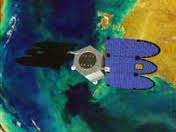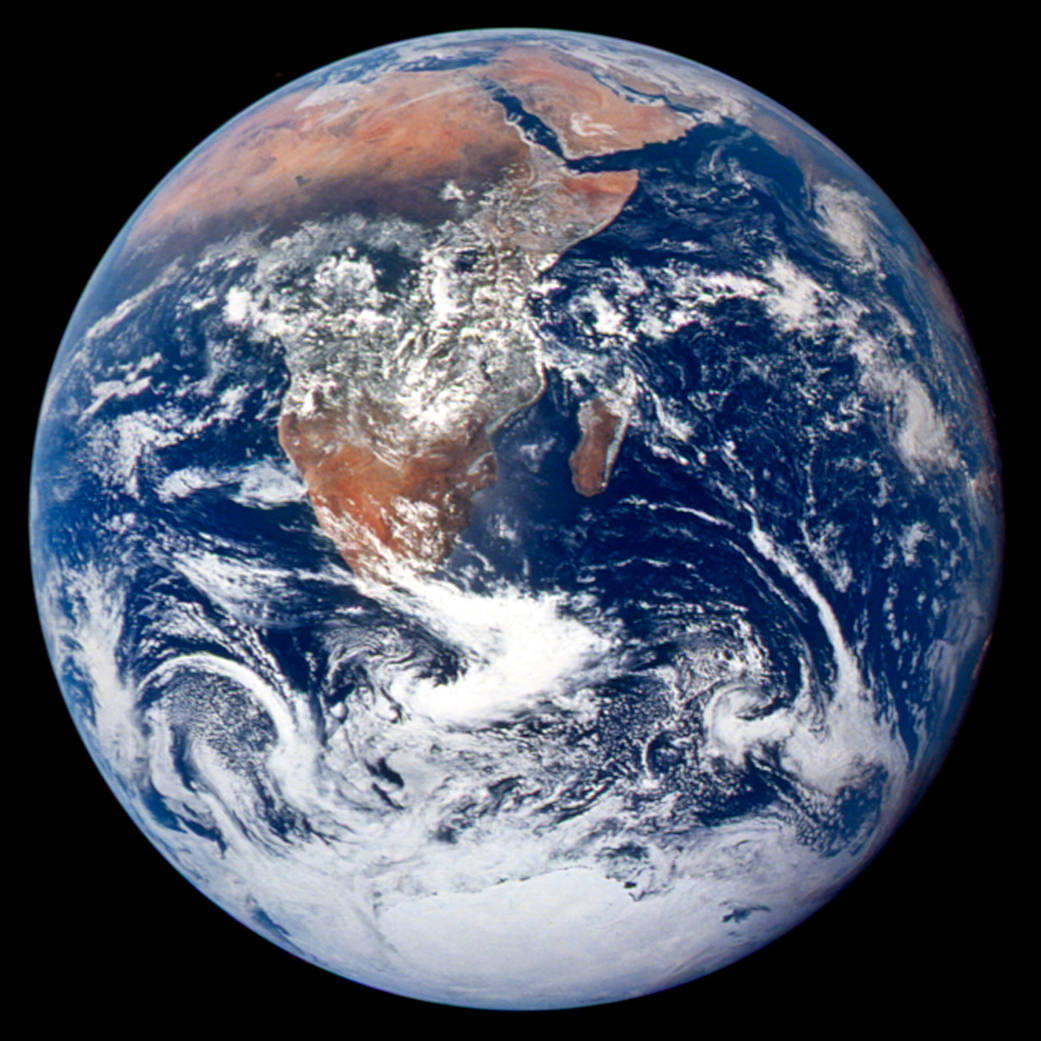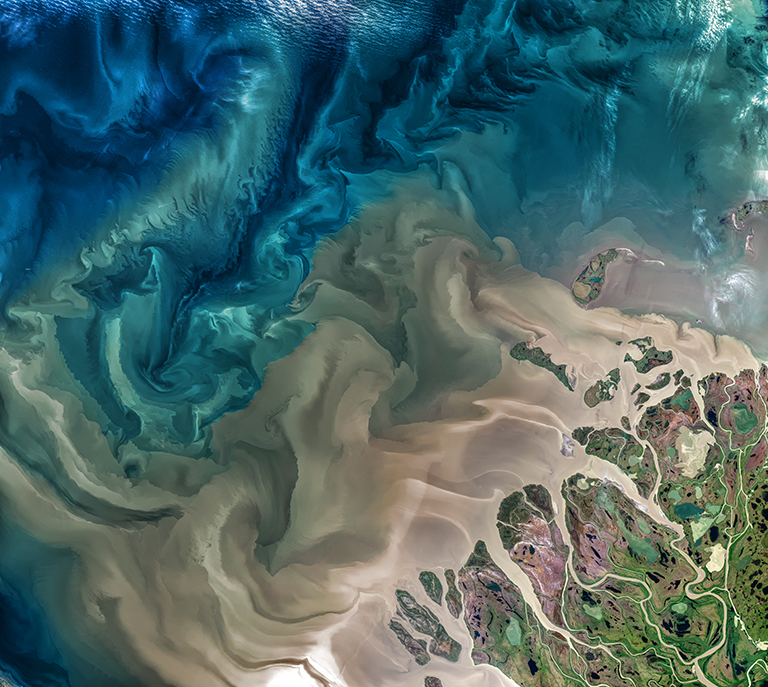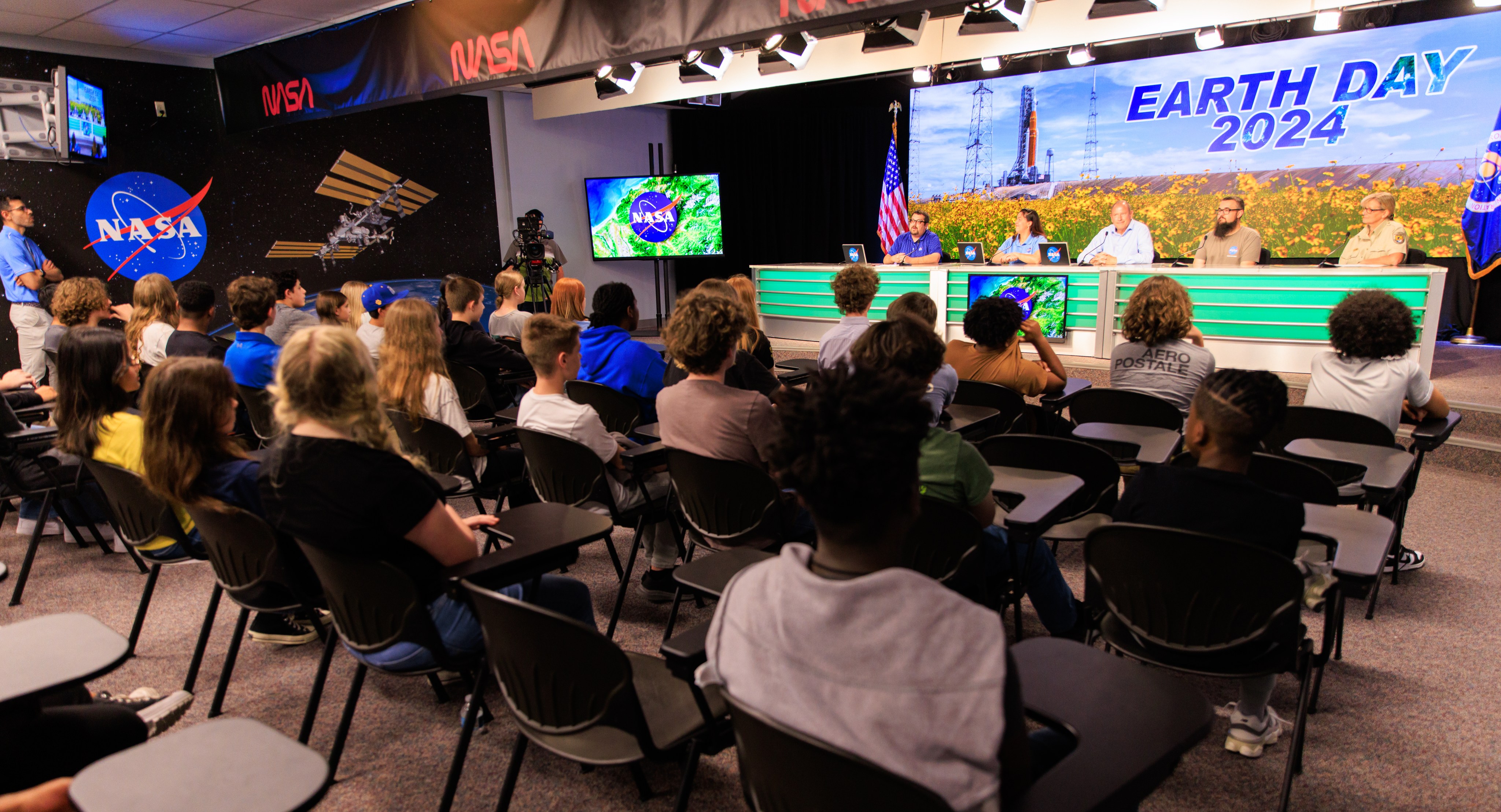TOMS-EP
Total Ozone Mapping Spectrometer-Earth Probe
Type
Launch
Target
Objective
The Total Ozone Mapping Spectrometer, launched in July 1996 onboard an Earth Probe satellite (TOMS/EP), continued NASA's long-term daily mapping of Earth's atmospheric ozone, and measured sulfur dioxide released in volcanic eruptions.

The Total Ozone Mapping Spectrometer, launched in July 1996 onboard an Earth Probe Satellite (TOMS/EP), continues NASA's long-term daily mapping of the global distribution of the Earth's atmospheric ozone. TOMS/EP will again take high-resolution measurements of the total column amount of ozone from space that began with NASA's Nimbus-7 satellite in 1978 and continued with the TOMS aboard a Russian Meteor-3 satellite until the instrument stopped working in December 1994. This NASA-developed instrument, measures ozone indirectly by mapping ultraviolet light emitted by the Sun to that scattered from the Earth's atmosphere back to the satellite. The TOMS instrument has mapped in detail the global ozone distribution as well as the Antarctic "ozone hole," which forms September through November of each year.
In addition to ozone, TOMS measures sulfur dioxide released in volcanic eruptions. The U.S. Federal Aviation Administration (FAA) is studying ways to use these measurements to detect volcanic ash clouds that are hazardous to commercial aviation.
Ozone, a molecule made up of three oxygen atoms, shields life on Earth from the harmful effects of the ultraviolet radiation of the Sun. The increased amounts of ultraviolet radiation that would reach the Earth's surface because of ozone depletion could increase the incidence of skin cancer and cataracts in humans, harm crops and interfere with marine life.
Researchers face two crucial problems in ozone studies--finding a slow, long-term trend among a variety of short-term trends, and ascertaining how much of the change in global ozone is due to human activities and how much is attributable to natural atmospheric processes. In order to separate these factors, scientists must record data over at least a complete solar cycle, 11 years. TOMS instruments aboard Nimbus-7 and Meteor-3 satellites have proved invaluable in meeting this requirement.
The TOMS instrument is a second-generation backscatter ultraviolet ozone sounder. TOMS can measure "total column ozone"--the total amount of ozone in a "column" of air from the Earth's surface to the top of the atmosphere--under all daytime observing and geophysical conditions. TOMS observations cover the near ultraviolet region of the electromagnetic spectrum, where sunlight is absorbed only partially by ozone.
TOMS/EP measures total ozone by observing both incoming solar energy and backscattered ultraviolet (UV) radiation at six wavelengths. "Backscattered" radiation is solar radiation that has penetrated to the Earth's lower atmosphere and is then scattered by air molecules and clouds back through the stratosphere to the satellite sensors. Along that path, a fraction of the UV is absorbed by ozone. By comparing the amount of backscattered radiation to observations of incoming solar energy at identical wavelengths, scientists can calculate the Earth's albedo, the ratio of light reflected by Earth compared to that it receives. Changes in albedo at the selected wavelengths can be used to derive the amount of ozone above the surface.
TOMS makes 35 measurements every 8 seconds, each covering 30 to 125 miles (50 to 200 kilometers) wide on the ground, strung along a line perpendicular to the motion of the satellite. Almost 200,000 daily measurements cover every single spot on the Earth except areas near one of the poles, where the Sun remains close to or below the horizon during the entire 24-hour period.
The extremely high quality of TOMS ozone data has also helped scientists in detecting a small but steady long-term damage to the ozone layer over several parts of the globe, including most of the heavily populated areas in the northern mid-latitudes. This discovery led to the curtailment of the production of ozone-depleting chemicals through an international treaty signed in Montreal in the 1980s. To ensure that ozone data will be available throughout the next decade, NASA will continue the TOMS program using U.S. and foreign launches.
The TOMS program is managed by NASA's Goddard Space Flight Center, Greenbelt, MD.









